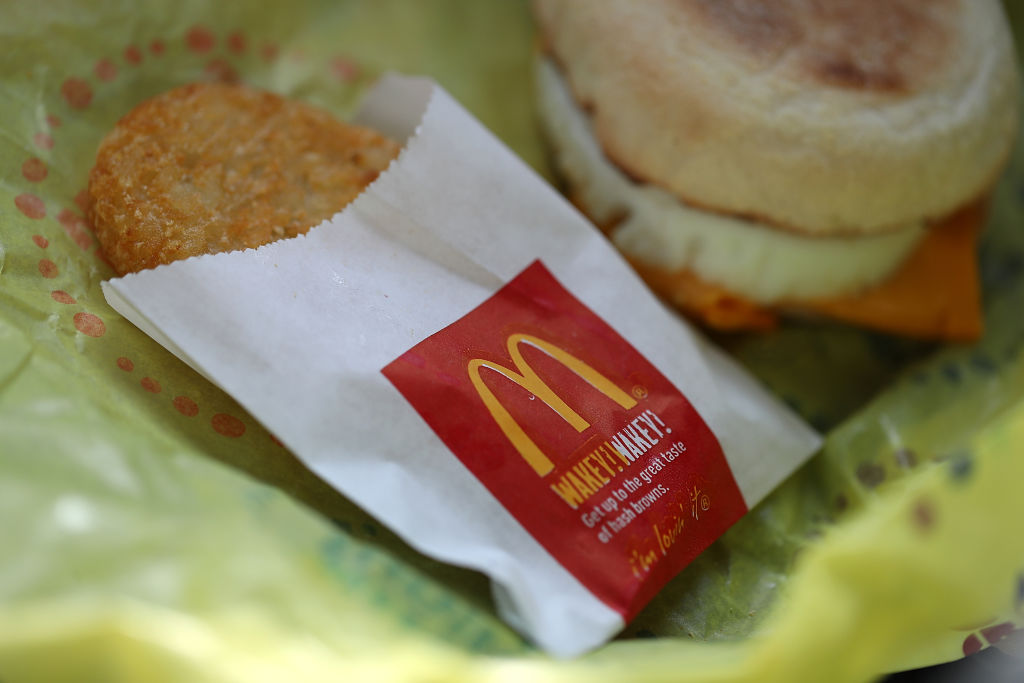The McDonald’s hash brown, once a cheap and cheerful breakfast staple, has become a symbol of a bigger economic debate. A recent surge in its price has sparked viral outrage, leading many to question the affordability of fast food in general. This isn’t just about a potato patty; it’s about the changing landscape of the American fast-food experience and what it means for budget-conscious consumers.
This article delves into the reasons behind the McDonald’s hash brown price hike, exploring the contributing factors and examining the broader implications for consumers and the fast-food industry. We’ll uncover why this seemingly small price increase has resonated so deeply, tapping into concerns about inflation, the perceived value of fast food, and nostalgia for simpler times. Join us as we dissect the great hash brown moment of 2025.
The Rising Cost of a Hash Brown
The average price of a McDonald’s hash brown has climbed significantly, reaching around $2.38 nationwide, with some locations charging over $3. Third-party delivery prices can push the cost even higher, exceeding $4. This marks a considerable increase from the approximately $1.09 many consumers paid in 2019. Data indicates that fast-food breakfast prices have risen more sharply than overall inflation during this period, exacerbating the sense of sticker shock.
Several factors contribute to this price surge. McDonald’s cites rising costs for labor, ingredients, and operations. Additionally, the company emphasizes that franchisees set local prices, leading to regional variations. However, the hash brown’s price increase has become a lightning rod for broader discontent with the rising costs of fast food and everyday goods.
McDonald’s Affordability Promise
For decades, McDonald’s built its brand on the promise of affordability. The Big Mac Index even became a playful economic measure. The dollar menu symbolized the ability to enjoy a satisfying meal without breaking the bank. However, in recent years, menu prices have risen sharply, with even “value” items costing more. This shift has eroded the perception of McDonald’s as a go-to destination for budget-conscious consumers.
While the chain has attempted to revive its budget image through promotions like the $5 Meal Deal, these offers are not always consistently available. Moreover, these promotions often fail to fully address the underlying concern that fast food is becoming increasingly expensive relative to other options. The rising hash brown price has amplified this sentiment, challenging McDonald’s long-standing image of affordability.
Nostalgia and Cheap Eats
The online reaction to the hash brown price hike is intertwined with nostalgia. Many recall grabbing a coffee and hash brown on the way to school or enjoying a drive-thru breakfast on a road trip. These memories evoke a time when fast food was synonymous with cheap and convenient comfort. Now, the conversation surrounding McDonald’s has shifted from craving to a debate about the fate of “cheap eats” in America.
This nostalgia highlights a significant change in consumer perception. What was once seen as an affordable treat is now viewed as a symbol of rising costs and diminished value. The hash brown, in this context, represents more than just a breakfast side; it’s a reminder of a time when fast food was more accessible to a wider range of consumers.
Fast Food Sticker Shock
The McDonald’s hash brown saga underscores an uneasy truth: even fast food isn’t immune to rising prices. In 2025, this realization is prompting a broader re-evaluation of consumer spending habits and the perceived value of fast-food chains. The crispy, hot hash brown has become a flashpoint, symbolizing the challenges faced by consumers seeking affordable meal options.
Ultimately, the viral outrage surrounding the hash brown price reflects deeper economic anxieties and a longing for simpler times. As consumers grapple with rising costs across various sectors, the McDonald’s hash brown serves as a potent reminder that even small pleasures can come with a significant price tag.
Conclusion
The McDonald’s hash brown price controversy highlights the evolving relationship between fast food, affordability, and consumer perception. The surge in price has triggered a wave of nostalgia and prompted a broader discussion about the rising cost of living.
As fast-food chains navigate rising operational costs and evolving consumer expectations, the challenge lies in maintaining a balance between profitability and affordability. The great hash brown moment of 2025 serves as a valuable lesson, underscoring the importance of value, transparency, and consumer trust in the fast-food industry.

Leave a Reply